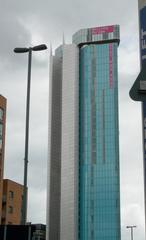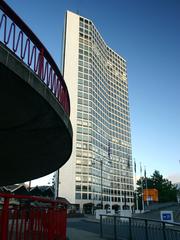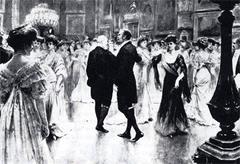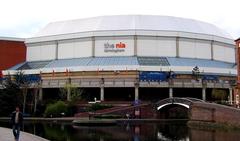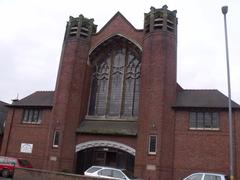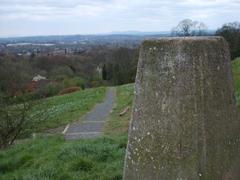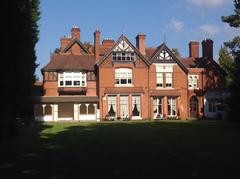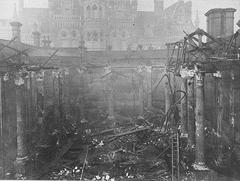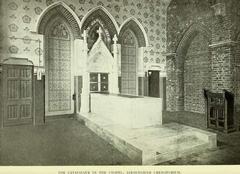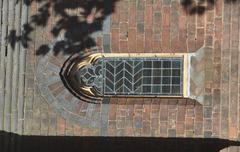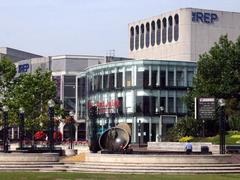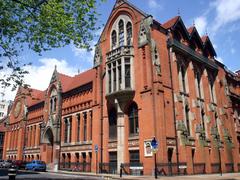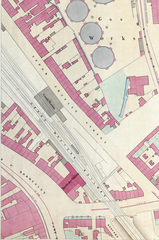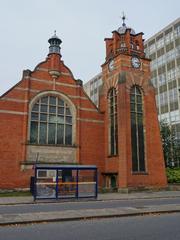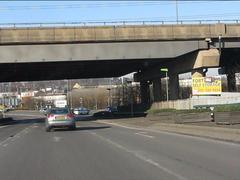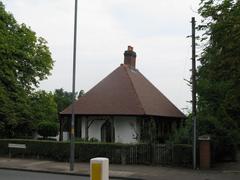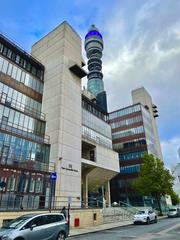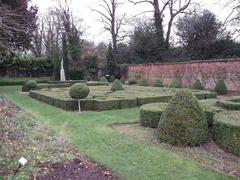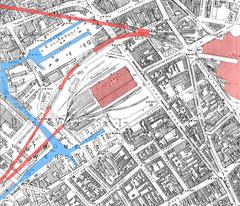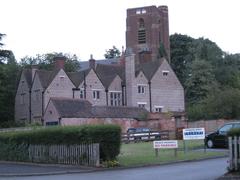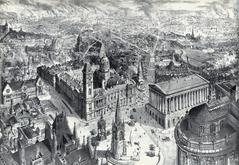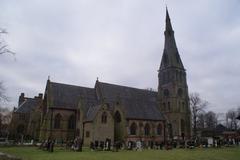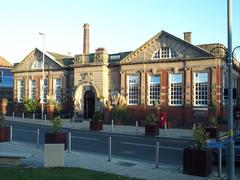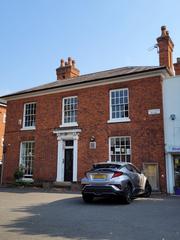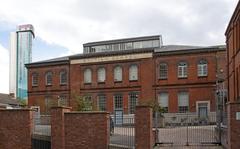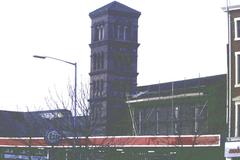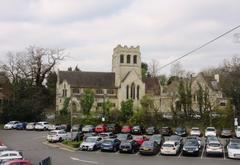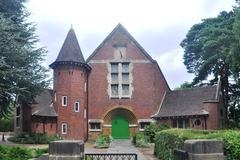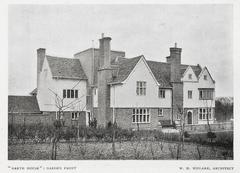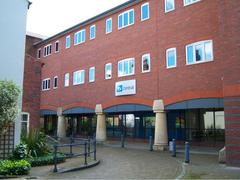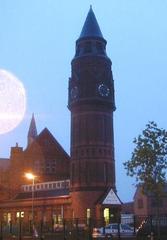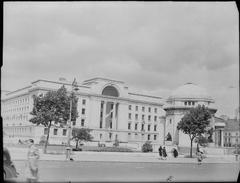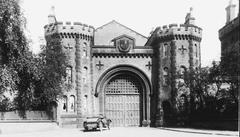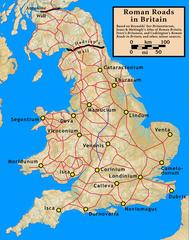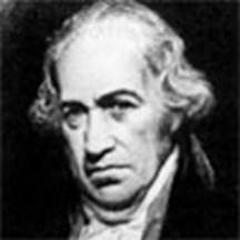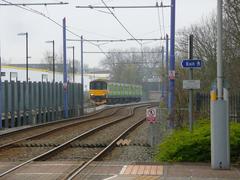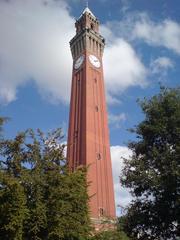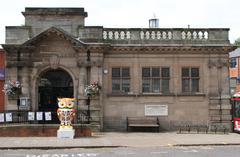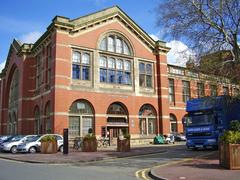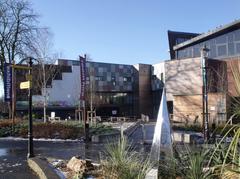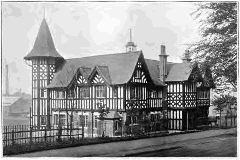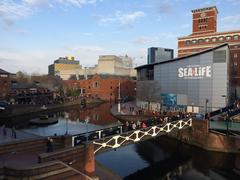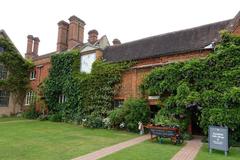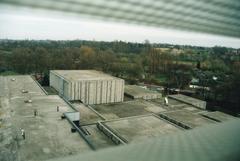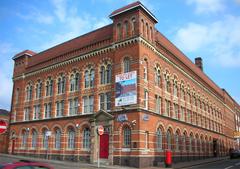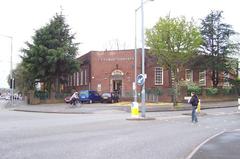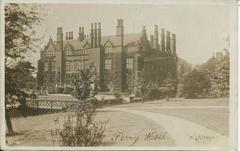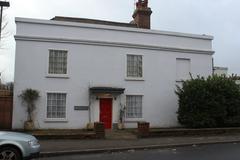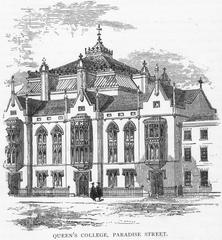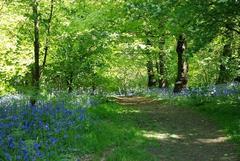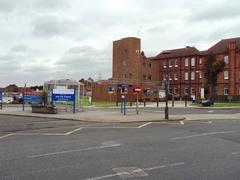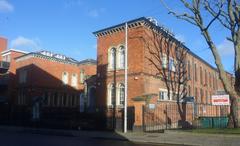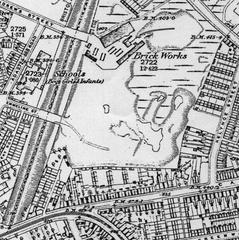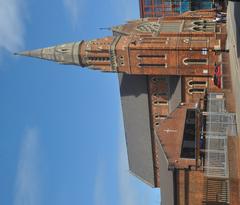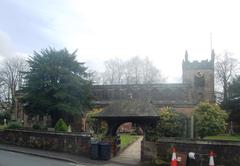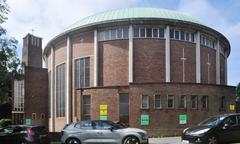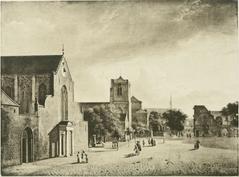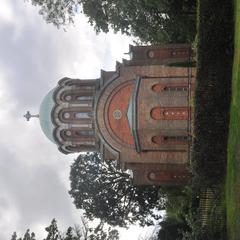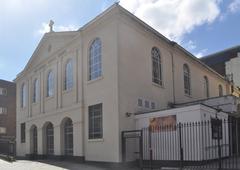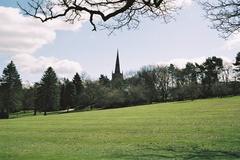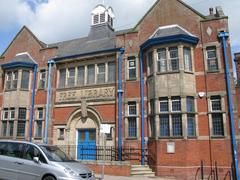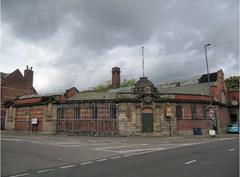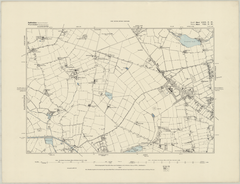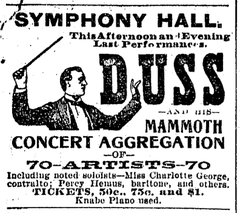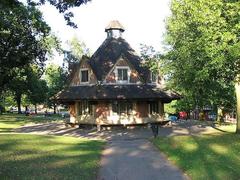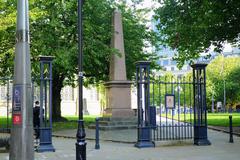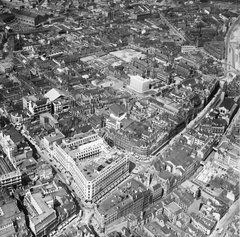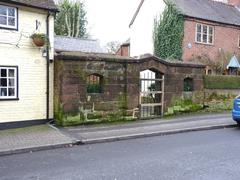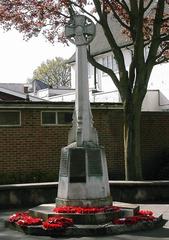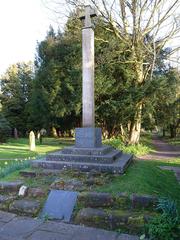
Your Ultimate Guide to Visiting Birmingham Back to Backs
Date: 23/07/2024
Introduction
Step back in time and discover the rich history encapsulated within the Birmingham Back to Backs, a unique set of 19th-century houses situated in the heart of Birmingham, United Kingdom. Managed by the National Trust, these historical dwellings offer an immersive glimpse into the lives of the working class during the Industrial Revolution. The term ‘back to backs’ refers to a specific architectural style where houses share rear walls, forming a continuous block with no rear access, a design that was both a response to the urgent need for substantial housing and a testament to the burgeoning urbanization of the era (National Trust). Constructed between 1802 and 1831, these houses were home to Birmingham’s rapidly growing population, driven by the city’s booming metalworking and manufacturing industries (BBC History). With a restoration project completed in 2004, the Birmingham Back to Backs have been preserved as a museum, offering guided tours and educational programs that vividly bring history to life (Historic England). This guide will provide you with all the essential information, from historical context and cultural significance to practical details such as visiting hours, ticket prices, and travel tips, ensuring you make the most of your visit to this remarkable site.
Table of Contents
- Introduction
- History of Birmingham Back to Backs
- Historical Significance
- Cultural Impact
- Educational Programs and Community Engagement
- Visitor Experience
- Practical Information for Visitors
- FAQ
- Conclusion
History of Birmingham Back to Backs
Origins and Construction
The Birmingham Back to Backs, located in the heart of Birmingham, United Kingdom, are a unique set of 19th-century houses that provide a glimpse into the living conditions of the working class during the Industrial Revolution. These houses were constructed between 1802 and 1831, a period marked by rapid industrialization and urbanization in Birmingham. The term “back to backs” refers to the architectural style where houses share rear walls, forming a continuous row with no rear access. This design was a response to the urgent need for affordable housing for the burgeoning working-class population (National Trust).
Industrial Revolution and Urbanization
During the Industrial Revolution, Birmingham emerged as a major industrial hub, known for its metalworking and manufacturing industries. The city’s population grew exponentially, from around 70,000 in 1801 to over 500,000 by the end of the 19th century. This rapid growth necessitated the construction of dense, low-cost housing to accommodate the influx of workers. The back-to-back houses were an efficient solution, allowing for maximum use of limited urban space (BBC History).
Living Conditions
The living conditions in the back-to-back houses were often cramped and unsanitary. Each house typically consisted of a single room on each floor, with families often sharing these small spaces. Basic amenities such as running water and indoor toilets were absent, leading to poor hygiene and health issues. Despite these challenges, the back-to-backs fostered a strong sense of community among residents, who relied on each other for support and social interaction (Historic England).
Preservation and Restoration
By the mid-20th century, many of the back-to-back houses had fallen into disrepair, and urban renewal projects threatened their existence. However, recognizing their historical and cultural significance, efforts were made to preserve and restore these unique structures. In 2004, the National Trust undertook a major restoration project, transforming the Birmingham Back to Backs into a museum that offers guided tours and educational programs. The restoration aimed to retain the original features of the houses while making them accessible to the public (National Trust).
Historical Significance
The Birmingham Back to Backs are significant for several reasons. They provide a tangible link to Birmingham’s industrial past and offer insights into the daily lives of the working class during the 19th and early 20th centuries. The houses also highlight the social and economic challenges faced by urban populations during a period of rapid industrialization. As one of the few remaining examples of back-to-back housing in the UK, they are an important part of the nation’s architectural and social history (English Heritage).
Cultural Impact
The back-to-back houses have had a lasting impact on Birmingham’s cultural landscape. They have inspired numerous works of literature, art, and film that explore themes of community, resilience, and social change. The preservation of these houses has also contributed to a broader appreciation of the city’s industrial heritage and the contributions of its working-class residents. Today, the Birmingham Back to Backs serve as a reminder of the city’s rich history and the enduring spirit of its people (Birmingham Museums Trust).
Educational Programs and Community Engagement
The National Trust offers a variety of educational programs and community engagement initiatives at the Birmingham Back to Backs. These programs aim to educate visitors about the historical and cultural significance of the houses and the broader context of Birmingham’s industrial history. Activities include guided tours, interactive exhibits, and workshops that explore topics such as Victorian-era living conditions, industrialization, and urban development. These initiatives help to foster a deeper understanding and appreciation of the city’s heritage among visitors of all ages (National Trust).
Visitor Experience
Visitors to the Birmingham Back to Backs can expect an immersive and informative experience. The guided tours take visitors through the restored houses, each of which is furnished to reflect different periods in the history of the back-to-backs, from the 1840s to the 1970s. The tours provide detailed insights into the lives of the residents, the challenges they faced, and the community spirit that characterized the back-to-backs. Additionally, the museum offers a range of resources, including audio guides, informational panels, and historical artifacts, to enhance the visitor experience (National Trust).
Practical Information for Visitors
Visiting Hours
The Birmingham Back to Backs are open to visitors from Wednesday to Sunday, with visiting hours from 10:00 AM to 4:00 PM. It is advisable to check the National Trust website for any changes in opening hours or special closures before planning your visit.
Tickets
Tickets for the Birmingham Back to Backs can be purchased online through the National Trust website or at the site itself. Prices are generally £9.50 for adults, £4.75 for children, and £23.75 for a family ticket. National Trust members can enter for free, but booking in advance is recommended due to limited space.
Accessibility
The Birmingham Back to Backs aim to be as accessible as possible. However, due to the historic nature of the buildings, there are some limitations. The site offers a virtual tour for those unable to navigate the narrow stairs and confined spaces. Detailed accessibility information is available on the National Trust website (Accessibility Information).
Nearby Attractions
While visiting the Birmingham Back to Backs, consider exploring other nearby attractions. The Bullring Shopping Centre, Birmingham Museum and Art Gallery, and the iconic Library of Birmingham are all within walking distance, providing a full day of cultural and historical exploration.
Travel Tips
The Birmingham Back to Backs are located at 55-63 Hurst Street/50-54 Inge Street, Birmingham, B5 4TE. The site is easily accessible by public transport, with Birmingham New Street Station just a short walk away. There are also several nearby car parks for those driving to the location.
FAQ Section
What are the Birmingham Back to Backs?
The Birmingham Back to Backs are a set of 19th-century houses that provide historical insights into the living conditions of the working class during the Industrial Revolution in Birmingham, UK.
How can I purchase tickets?
Tickets can be purchased online through the National Trust website or at the site itself. It is recommended to book in advance due to limited space.
What are the opening hours?
The site is open from Wednesday to Sunday, 10:00 AM to 4:00 PM. Check the National Trust website for any changes or special closures.
Are the Birmingham Back to Backs accessible?
While efforts have been made to ensure accessibility, the historic nature of the buildings means there are some limitations. A virtual tour is available for those unable to navigate the site.
Conclusion
The Birmingham Back to Backs are a significant cultural and historical landmark, offering a unique insight into the lives of Birmingham’s working-class residents during the 19th and 20th centuries. Through careful preservation and engaging educational programs, the National Trust has ensured that this important piece of history remains accessible to the public. Whether you are a history enthusiast, a student, or simply looking for an interesting day out, the Birmingham Back to Backs provide a fascinating and enriching experience. Stay updated by following the National Trust on social media and checking out their mobile app Audiala for more information.
References
- Exploring Birmingham Back to Backs - History, Visiting Hours, and Tickets, 2024, National Trust nationaltrust.org.uk
- Visiting the Birmingham Back to Backs - History, Tickets, and Visitor Information, 2024, Historic England historicengland.org.uk
- Complete Guide to Visiting Birmingham Back to Backs - Tickets, Hours, and Tips, 2024, BBC History bbc.co.uk

